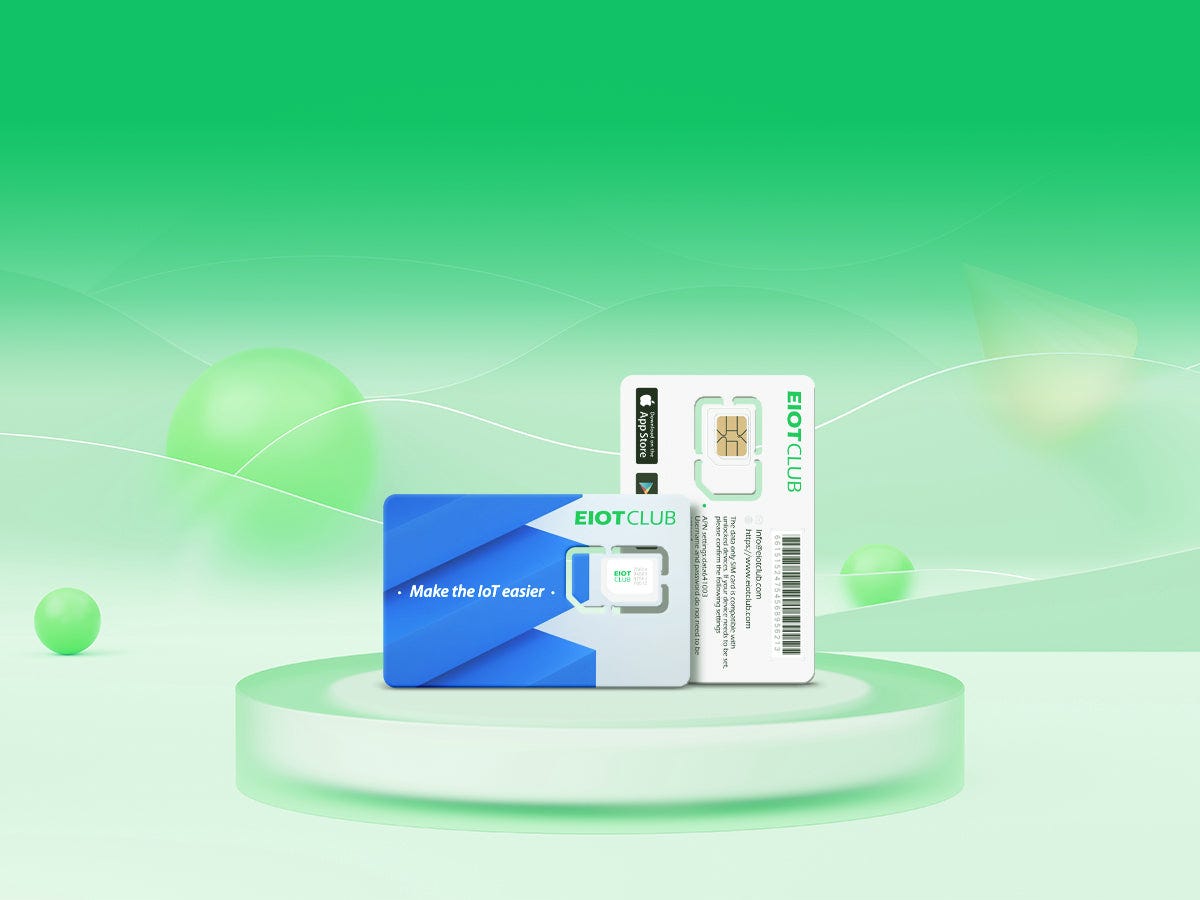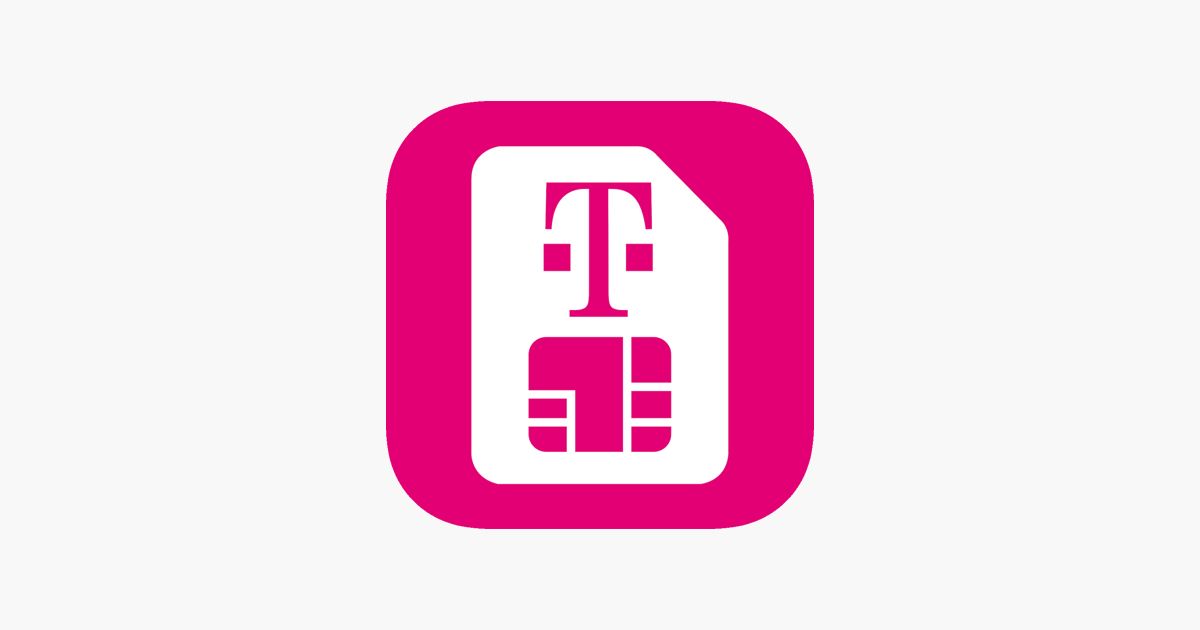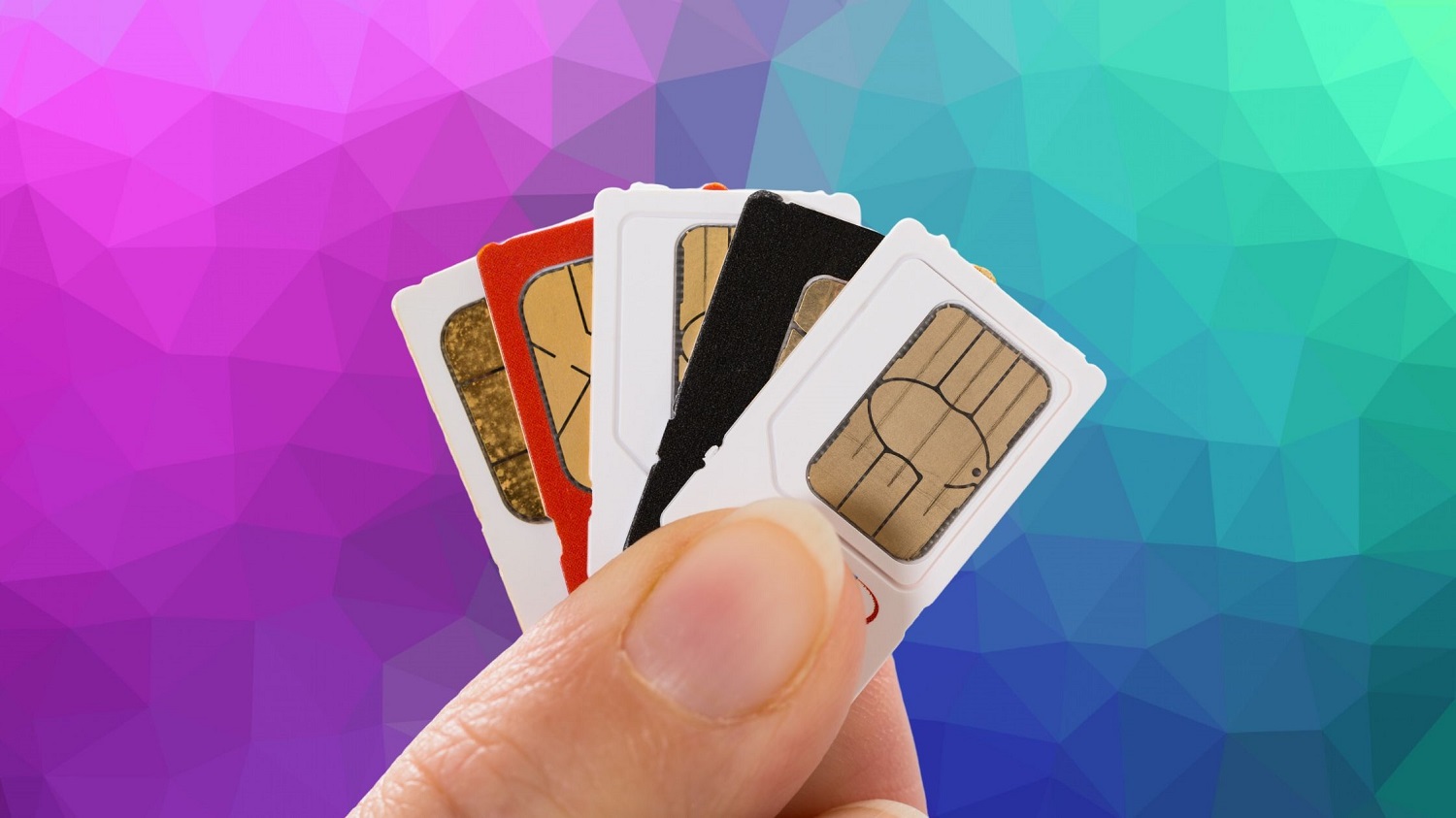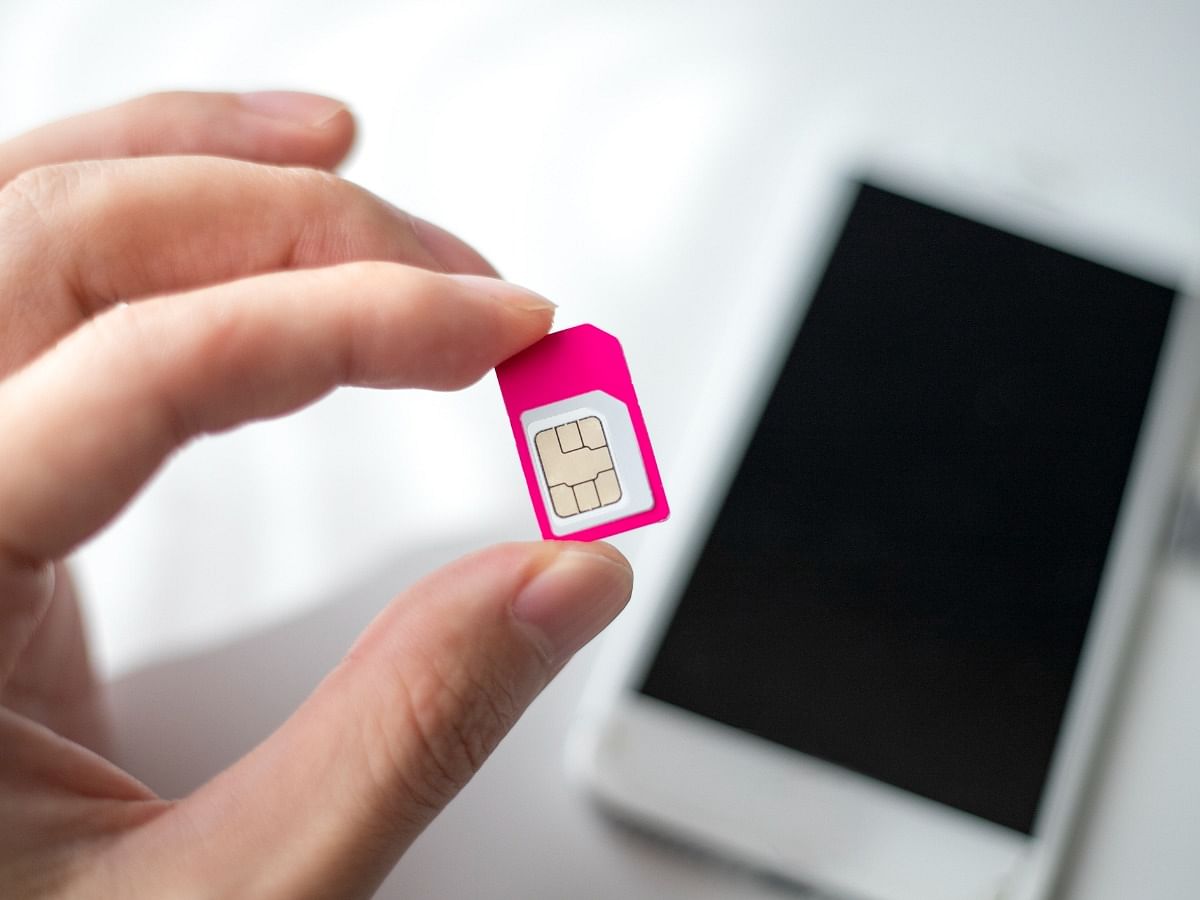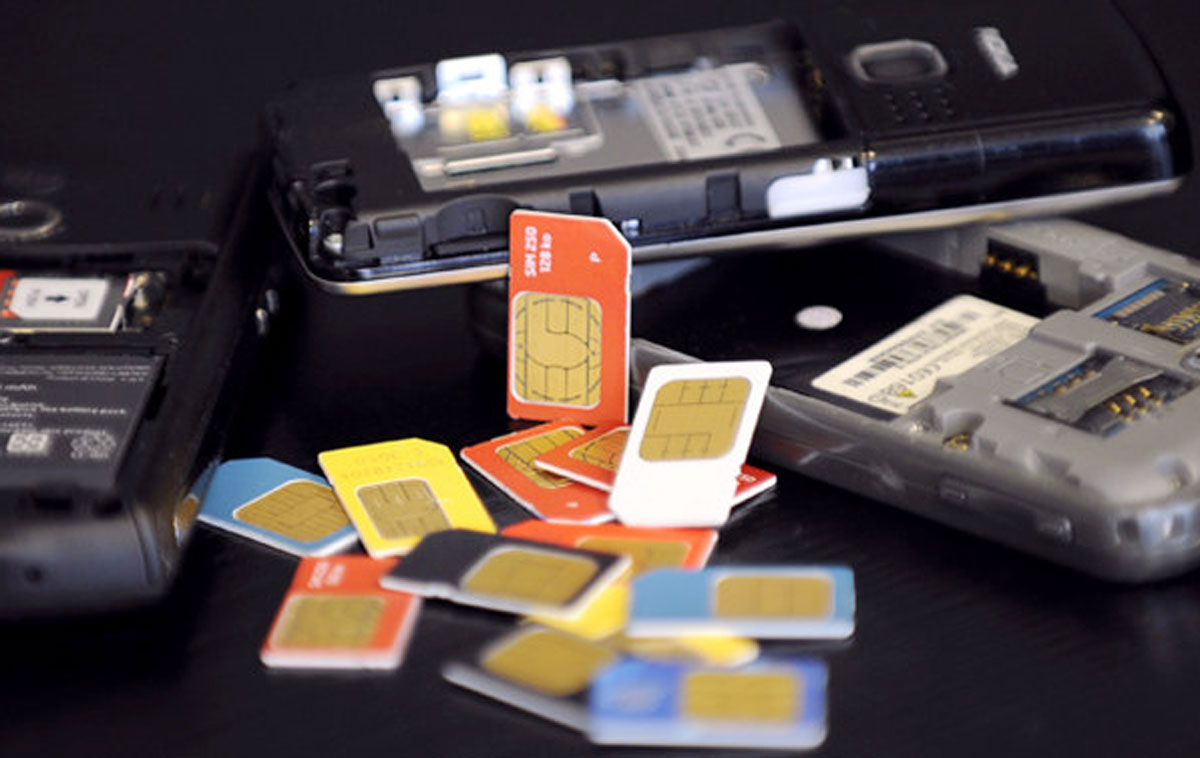Introduction
Mobile devices have become an integral part of our daily lives, serving as a gateway to communication, information, and entertainment. Behind the scenes, these devices rely on a small but powerful component known as the SIM card. The SIM card, short for Subscriber Identity Module, plays a crucial role in connecting our devices to the cellular network, enabling us to make calls, send messages, and access mobile data.
Despite its diminutive size, the SIM card holds a wealth of information that is essential for the proper functioning of our mobile devices. From personal contact details to network authentication data, the SIM card serves as a secure repository of valuable information. Understanding the nature of the data stored on a SIM card and how to access it is key to maximizing the potential of our mobile devices while safeguarding our privacy and security.
In this article, we will delve into the intricacies of SIM cards, exploring the types of information they store, the methods to access this information, and the associated risks and precautions. By gaining insights into the inner workings of SIM cards, readers will be empowered to make informed decisions about managing their mobile device data and protecting their digital identities. Let's embark on a journey to unravel the secrets stored within the unassuming SIM card, shedding light on its significance in the realm of mobile technology.
What is a SIM Card?
A SIM card, short for Subscriber Identity Module, is a small, removable card that is inserted into mobile devices such as smartphones, tablets, and some feature phones. It serves as a key component in enabling these devices to connect to a cellular network and access its services. The SIM card contains essential information that uniquely identifies the user and the device, facilitating secure communication with the mobile network operator.
At its core, the SIM card is designed to store key data elements, including the International Mobile Subscriber Identity (IMSI), which is a unique identifier assigned to each SIM card. This identifier plays a crucial role in authenticating the user's identity and granting access to the mobile network. Additionally, the SIM card holds the Integrated Circuit Card Identifier (ICCID), a unique serial number that distinguishes the SIM card itself. These identifiers are fundamental in ensuring the secure and seamless operation of mobile devices within the cellular network ecosystem.
Moreover, the SIM card contains the authentication key (Ki), a highly sensitive and encrypted value that is used to authenticate the SIM card to the network. This key is vital in establishing a secure connection and preventing unauthorized access to the mobile network. In addition to these critical elements, the SIM card also stores the user's phone number, personal contacts, and other user-specific information, making it a repository of valuable data that is essential for mobile communication and network access.
The physical form of a SIM card can vary, with different sizes and form factors available to accommodate various devices. The most common types include the standard SIM, micro-SIM, and nano-SIM, each tailored to fit specific device models. Despite their differences in size, these SIM cards serve the same fundamental purpose of enabling mobile communication and network connectivity.
In essence, the SIM card stands as a linchpin in the realm of mobile technology, bridging the gap between users and the cellular network. Its role in securely storing and managing user identity and network authentication data underscores its significance in the seamless operation of mobile devices. Understanding the intricate nature of the SIM card sets the stage for exploring the wealth of information it holds and the methods to access and manage this data effectively.
Types of Information Stored on a SIM Card
The SIM card serves as a secure repository of diverse types of information that are integral to the operation of mobile devices within the cellular network. Understanding the nature of this information provides a glimpse into the multifaceted role of the SIM card in facilitating seamless communication and network connectivity. Here are the key types of information stored on a SIM card:
-
International Mobile Subscriber Identity (IMSI): The IMSI is a unique identifier assigned to each SIM card, serving as a cornerstone in authenticating the user's identity within the mobile network. This identifier plays a pivotal role in enabling the mobile network operator to recognize and validate the user, allowing for secure access to network services.
-
Integrated Circuit Card Identifier (ICCID): The ICCID is a distinctive serial number that is assigned to the SIM card itself. This identifier serves as a means of differentiating one SIM card from another, enabling precise identification and management within the network infrastructure.
-
Authentication Key (Ki): The authentication key, denoted as Ki, is a highly sensitive and encrypted value stored on the SIM card. It plays a critical role in authenticating the SIM card to the network, establishing a secure connection, and safeguarding against unauthorized access. The protection of this key is paramount in ensuring the integrity and security of mobile communication.
-
Phone Number and Personal Contacts: The SIM card stores the user's phone number, serving as a unique identifier for communication purposes. Additionally, it provides a platform for storing personal contacts, enabling users to manage their address book directly on the SIM card. This feature proves beneficial when switching devices or transferring contacts between SIM cards.
-
Network-specific Information: Beyond user-specific data, the SIM card contains network-specific information that is essential for seamless connectivity. This includes network authentication parameters and settings that enable the device to establish a secure and reliable connection with the mobile network operator.
-
SMS and Service Management: The SIM card also holds information related to Short Message Service (SMS) management and other value-added services provided by the mobile network operator. This includes settings for SMS storage, service activation, and other network-specific configurations.
-
Security and Encryption Keys: In addition to the authentication key (Ki), the SIM card stores various security and encryption keys that are utilized in securing communication and data exchange between the device and the mobile network. These keys play a pivotal role in ensuring the confidentiality and integrity of transmitted data.
Understanding the breadth of information stored on a SIM card underscores its significance as a secure repository of user identity, network authentication data, and essential settings for mobile communication. This comprehensive array of data highlights the pivotal role of the SIM card in enabling secure, seamless, and personalized mobile experiences.
How to Access the Information on a SIM Card
Accessing the information stored on a SIM card requires specialized tools and techniques to ensure the security and integrity of the data. While the SIM card is primarily designed to be accessed and managed by the mobile device and the network operator, there are scenarios where users may need to interact with the SIM card directly to retrieve or modify specific information. Here are the key methods to access the information on a SIM card:
-
Device Settings and Menus: Many mobile devices provide built-in features that allow users to access certain information stored on the SIM card. By navigating to the device settings and SIM card management menus, users can view details such as the phone number associated with the SIM card, available network services, and SIM card status. This method is often used to check basic information related to the SIM card without requiring additional tools or external access.
-
SIM Card Readers: Specialized SIM card readers, often available as standalone devices or integrated into multi-purpose card readers, enable users to directly access the information stored on the SIM card via a computer or other compatible device. By connecting the SIM card reader to a computer's USB port and inserting the SIM card into the reader, users can utilize dedicated software to read, edit, and manage the data stored on the SIM card. This method is commonly used for tasks such as backing up contact information, managing SMS messages, and examining network-specific settings.
-
Mobile Network Operator Services: In certain cases, users may need to access specific information related to their SIM card by interacting with their mobile network operator. This can involve contacting customer support or accessing self-service portals provided by the operator. Through these channels, users can inquire about details such as the ICCID, IMSI, and network-specific configurations associated with their SIM card. Additionally, users may utilize these services to activate or deactivate specific features and services linked to their SIM card.
-
Third-Party Software and Applications: There are third-party software applications designed to interface with SIM cards and extract information for various purposes. These applications may offer advanced capabilities for accessing and managing SIM card data, including reading and editing contact information, analyzing network parameters, and troubleshooting connectivity issues. It is important to exercise caution when using third-party software and ensure that it comes from reputable sources to safeguard the security and privacy of the SIM card data.
By leveraging these methods, users can gain access to the information stored on their SIM cards, enabling them to manage essential data, troubleshoot connectivity issues, and ensure the smooth operation of their mobile devices within the cellular network. It is important to approach SIM card access with care and adhere to relevant guidelines and regulations to preserve the security and confidentiality of the stored information.
Risks and Precautions when Accessing SIM Card Information
Accessing the information stored on a SIM card entails certain risks and necessitates the implementation of precautions to safeguard the integrity and confidentiality of the data. As users navigate the process of retrieving or managing SIM card information, it is crucial to be mindful of potential risks and adhere to best practices to mitigate these concerns.
Risks:
- Data Breach: Improper handling of SIM card information can lead to unauthorized access and potential data breaches, compromising sensitive user data and network authentication details.
- Security Vulnerabilities: Accessing SIM card data through unauthorized or unsecured means can expose the SIM card and the associated device to security vulnerabilities, potentially leading to exploitation by malicious entities.
- Data Loss: Inadvertent actions during the process of accessing SIM card information, such as accidental deletion or modification, can result in irretrievable data loss, impacting the functionality of the SIM card and the device.
Precautions:
- Use Trusted Tools and Software: When accessing SIM card information, it is imperative to utilize trusted and reputable tools, software, and applications that are designed for SIM card management. This helps mitigate the risk of security vulnerabilities and ensures the integrity of the data.
- Secure SIM Card Handling: Handling the SIM card with care and ensuring that it is inserted and removed from devices in a proper manner minimizes the risk of physical damage and data corruption. Additionally, storing the SIM card in a safe and secure location when not in use is essential to prevent loss or unauthorized access.
- Data Backup: Prior to accessing or modifying SIM card information, it is advisable to create backups of the data stored on the SIM card. This serves as a precautionary measure against accidental data loss and provides a means to restore the information in case of unforeseen issues.
- Follow Manufacturer Guidelines: Adhering to the guidelines and recommendations provided by the device manufacturer and the mobile network operator ensures that SIM card operations are conducted in a manner that aligns with industry best practices and security standards.
- Protect Personal Identification: When accessing SIM card information, particularly in scenarios involving third-party services or software, it is essential to safeguard personal identification details associated with the SIM card to prevent unauthorized use or disclosure.
By recognizing the risks associated with accessing SIM card information and implementing appropriate precautions, users can navigate the process with a heightened awareness of security and data integrity. These precautions serve to mitigate potential vulnerabilities and ensure that the SIM card remains a secure repository of essential user and network data.
Conclusion
In conclusion, the SIM card stands as a pivotal component in the realm of mobile technology, serving as a secure repository of essential user identity and network authentication data. Its role in enabling seamless communication and network connectivity underscores its significance in the operation of mobile devices. The diverse types of information stored on a SIM card, including the International Mobile Subscriber Identity (IMSI), Integrated Circuit Card Identifier (ICCID), authentication key (Ki), phone numbers, personal contacts, and network-specific configurations, highlight the breadth of its functionality.
Understanding the methods to access the information on a SIM card, ranging from device settings and SIM card readers to mobile network operator services and third-party software, empowers users to manage essential data and troubleshoot connectivity issues effectively. However, it is crucial to approach SIM card access with caution and adhere to best practices to mitigate potential risks such as data breaches, security vulnerabilities, and data loss.
By implementing precautions such as using trusted tools and software, secure SIM card handling, creating data backups, following manufacturer guidelines, and protecting personal identification, users can navigate the process of accessing SIM card information while safeguarding the integrity and confidentiality of the data.
Ultimately, the SIM card represents not only a technological enabler but also a custodian of personal and network-specific information, necessitating responsible management and a heightened awareness of security considerations. As mobile technology continues to evolve, the role of the SIM card remains integral, anchoring the seamless and secure operation of mobile devices within the cellular network ecosystem.
By gaining insights into the inner workings of the SIM card and the methods to access and manage its information, users are poised to make informed decisions about safeguarding their digital identities and maximizing the potential of their mobile devices. As the landscape of mobile technology advances, the significance of the SIM card as a linchpin in the realm of communication and connectivity remains unwavering, underscoring its enduring relevance in the digital age.







